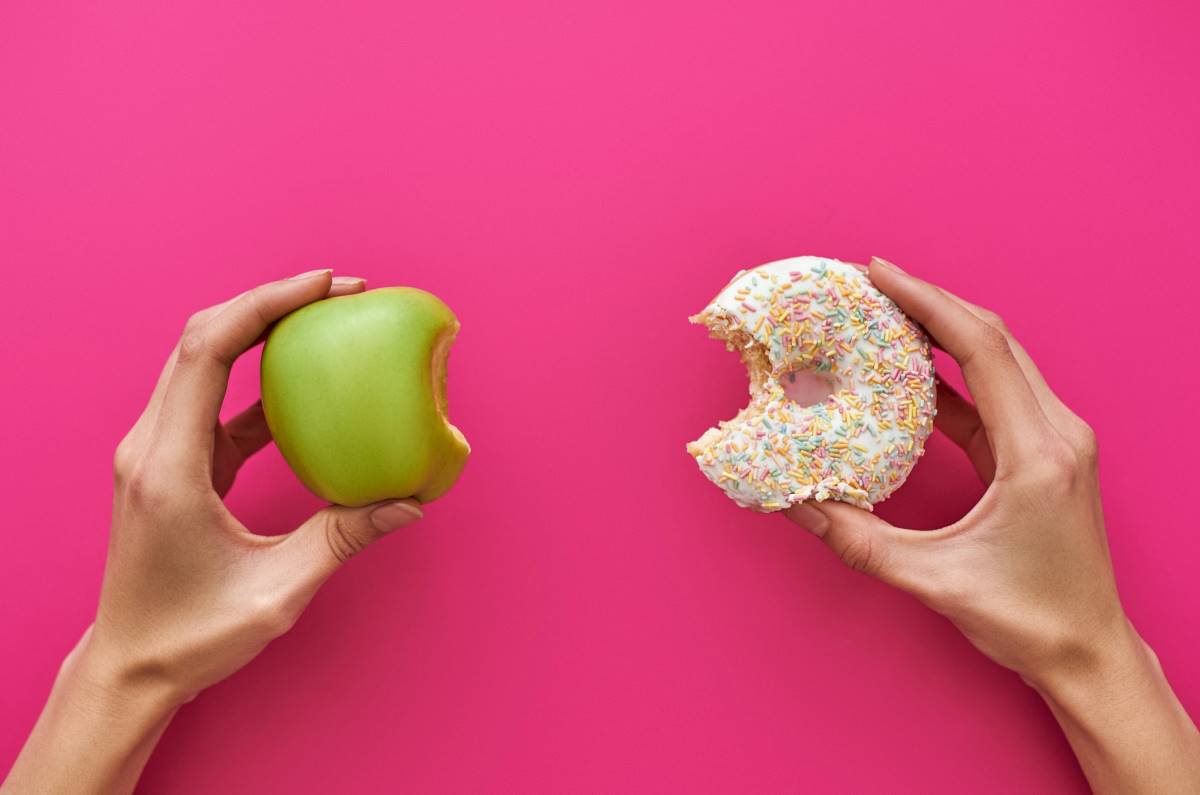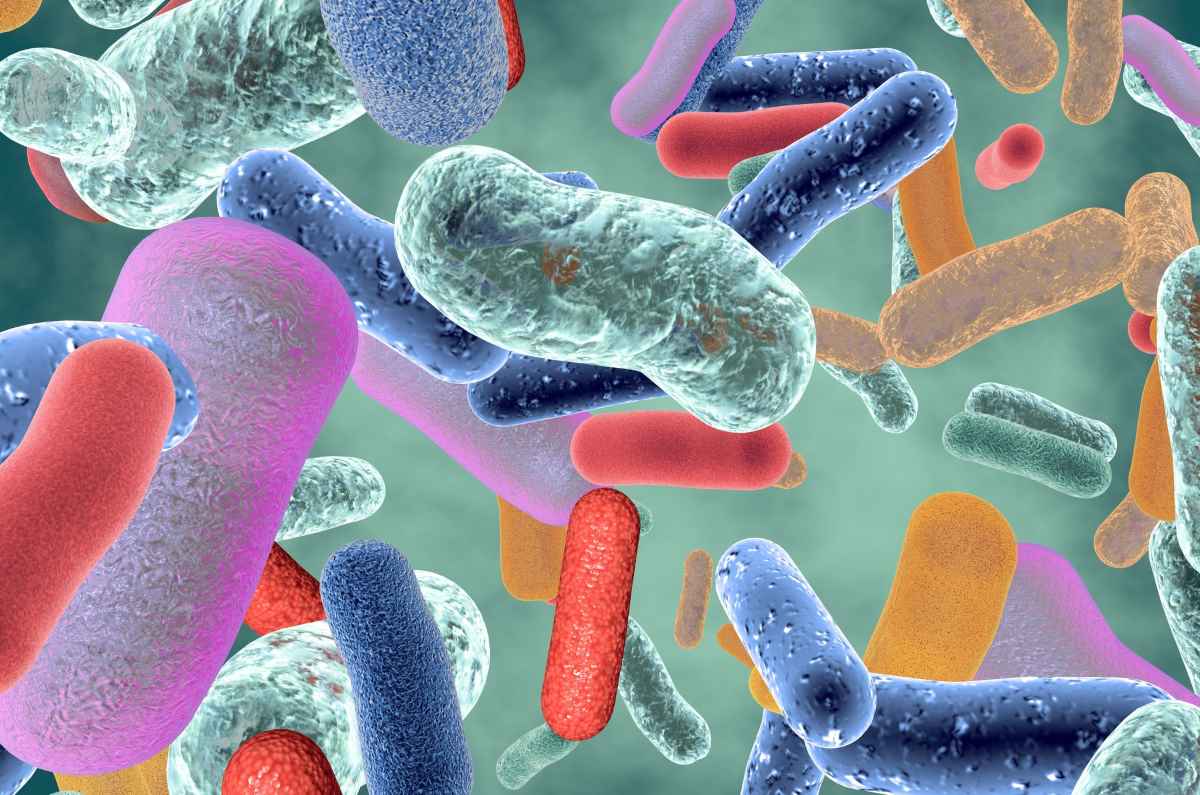We’re halfway through winter, and lovely, summery days are months away. Brrr, it’s cold!
But it’s the perfect time to create delicious meals – hearty casseroles, pasta and soups – to warm you from the inside out. With bread fresh from the bakery (or fresh from the oven if you perfected your sourdough during 2020!). Yum…I’m drooling just thinking about it ?.
However, we need to be careful with our food choices in winter, when we’re generally less active and comfort meals are calling our name. We may begin to put on some weight, which is no good for our joints, pain levels and health in general.
The good news is we can enjoy these foods as part of a balanced diet by making some healthy food swaps and choices.
Here are our top tips:
Watch your portion size
It’s easy to overeat when you use large plates and bowls as we tend to fill them to the edges or brims. So swap your large crockery for smaller dishes when plating up your meals.
Choose wholegrain foods over those that use refined or processed grain
They have more nutrients and fibre and are much better for you. Swap white bread or rolls for wholemeal or wholegrain, white rice for brown rice/quinoa/wild rice. And limit your intake of foods made using refined grains like white flour, such as cakes, biscuits, muffins. Treat them as a ‘sometimes’ food, not an everyday food. Read this article from the Better Health Channel to find out more about the benefits of cereals and whole grains.
Enjoy lean protein
Select lean cuts of meat and trim off any fat. Remove the skin from your chicken. Choose to buy sustainable seafood. And give tofu a go. Then bake, steam, grill or stir-fry your protein with lots of vegies.
Be adventurous!
-
- Try swapping cream in soups for silken tofu. You’ll get a protein hit, a creamy soup, and it’s much lower in fat. If you need convincing, give this pumpkin and tofu recipe from The Australian Women’s Weekly a go. It’s so easy and sooooo good!
- Use sweet potatoes (also known as kumara) instead of white potatoes – for chips, mash, casseroles and stews, on the BBQ or with your Sunday roast. They’re full of nutrients and very tasty.
- Instead of traditional pasta, use a spiraliser to make zucchini or carrot noodles. They’re light, healthy and add more vegies to your meal. If you don’t have a spiraliser, you can buy them ready-made from the supermarket. And don’t stop at pasta – you can use spiralised vegies in so many meals.
- Swap white rice for cauliflower ‘rice’. It’s lower in carbs and super easy to make. As with spiralised vegies, you can also buy cauliflower rice at your supermarket. And it’s sure to become the base of so many favourite new recipes.
- Swap salt for herbs and spices. We tend to have too much salt in our diet – from what we add ourselves to the salts already in the foods we eat. We know this is bad for our blood pressure, but it’s also not great for our bone health as it causes calcium loss. So when you’re cooking, try using fresh or dried herbs and spices such as garlic, ginger, chilli or black pepper instead of salt.
Be wary of your sugar intake
Too much sugar in your diet can increase muscle and joint inflammation, as well as cause weight gain, tooth decay and a whole host of other health issues. Reduce the number of sugary drinks you consume (including fruit juices, soft drinks and alcohol), use sugar alternatives when you cook or bake, and read the nutrition panel on foods to see how much sugar is in them before buying them. This article from Choice lists some of the many names for sugar. Also, check out this article from Weight Watchers for more ideas on how you can reduce your sugar intake.
Fake it!
Instead of your usual Saturday night takeaway, try making your own ‘fakeaway’. There are many websites with recipes and inspiration to make healthier versions of your favourite takeaway meals. Check out these recipes from KidSpot, the CSIRO and our wonderful volunteer Melissa, an Accredited Practising Dietitian.
Seek help
Talk with your doctor and/or an Accredited Practising Dietitian for information and advice. Visit Dietitians Australia to find an APD near you.
Other tips for keeping healthy and well during winter:
Take your time
Eat slowly, and savour your meal. Notice the tastes and textures and how it makes you feel – after all, food is more than just fuel. Also, as you eat, take the time to assess whether you’re still hungry or if you’re just eating because there’s food on your plate. If it’s the latter, stop eating.
Stay active
We need to exercise and be physically active for our musculoskeletal health, pain levels and overall good health. But it can be tough to fit regular exercise in our days when it’s so dark and cold on these wintery days. And it can take some firm resolve to slide out of bed on a chilly morning to walk before work. Find out how you can stay active in the cooler months.
Drink water
It lubricates and cushions our joints, aids digestion, prevents constipation, keeps our temperature normal and helps maintain blood pressure. It carries nutrients and oxygen to our cells, flushes out toxins, and cushions the brain and spinal cord. It can also help prevent gout attacks, boost energy levels and fight fatigue. It also makes us feel full, which in turn helps us maintain or lose weight. It’s practically magic ✨. But if you, like many others, find it difficult to drink enough water, read our blog for tips to help.
Batch cook
When you’re feeling great, and have a lazy few hours to prep meals for the coming week, do it. You’ll have healthy, hearty food to go in your fridge or freezer that you can pull out when you need a quick meal – no muss, no fuss. Check out our recent blog on cooking hacks for more info.
Make your meals colourful
Fruit and veggies fall into five different colour categories: red, purple/blue, orange, green and white/brown. And each one has unique disease-fighting chemicals (phytochemicals). So when you’re making a meal, try and include as many colours as you can. It’s good for you, it looks appealing and tastes delicious!
Contact our free national Help Line
If you have questions about managing your pain, your musculoskeletal condition, treatment options, mental health issues, COVID-19, telehealth, or accessing services be sure to call our nurses. They’re available weekdays between 9am-5pm on 1800 263 265; email (helpline@msk.org.au) or via Messenger.
More to explore
- Check out our recipes page
The recipes have been created by Melissa Jones, an Accredited Practising Dietitian. Melissa volunteers her expertise and knowledge to help us bring healthy and nutritious recipes to people with musculoskeletal conditions. - 15 healthy but hearty dinner recipes for winter, as recommended by a dietitian
ABC Everyday, May 2021 - 20 tiny daily food swaps to save you thousands of calories in just one week
Body + Soul, January 2020 - Food swapping made easy with seasonal winter produce
Health and Wellbeing Queensland, August 2020 - Handy hints for eating well
Musculoskeletal Australia, May 2018 - Healthy food swap ideas
Weight Watchers - Healthy food swaps
healthdirect, October 2020 - Healthy food swaps
NHS (UK), July 2018 - Healthy meals on a budget
Musculoskeletal Australia, September 2020 - Now we’re cooking! Tips for preparing meals with less stress
Musculoskeletal Australia, June 2021











